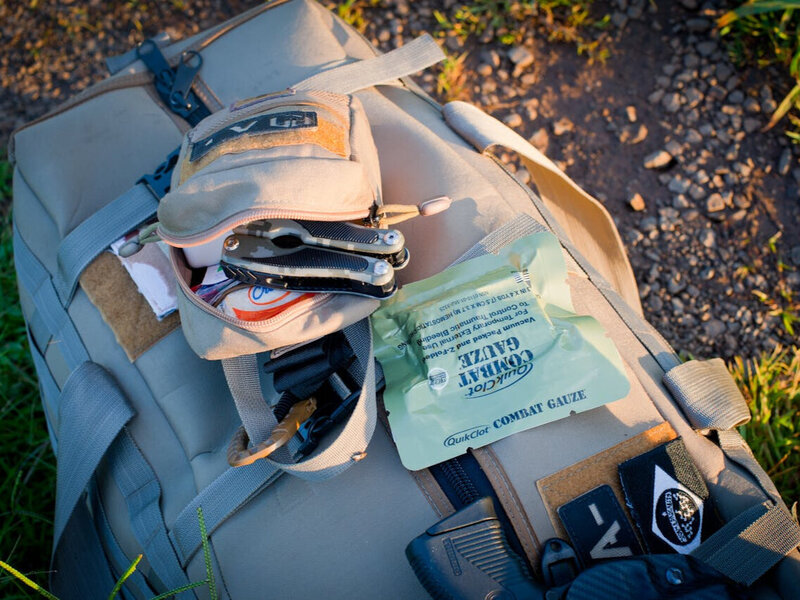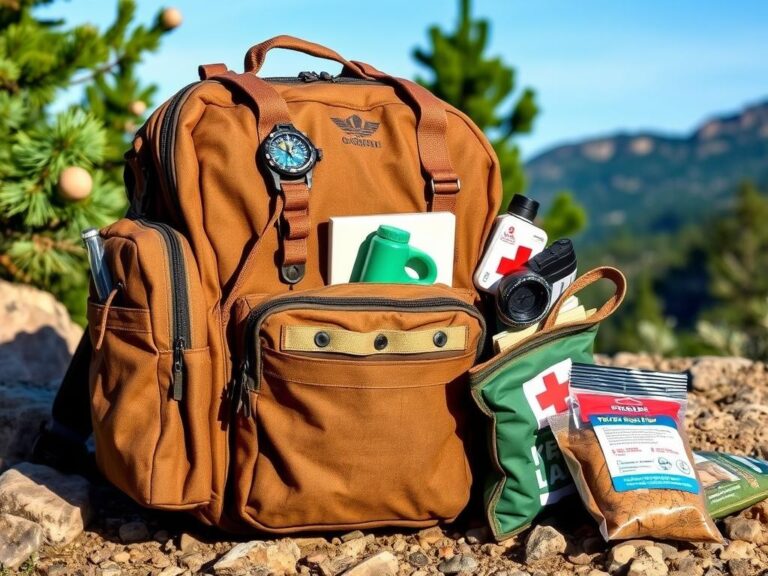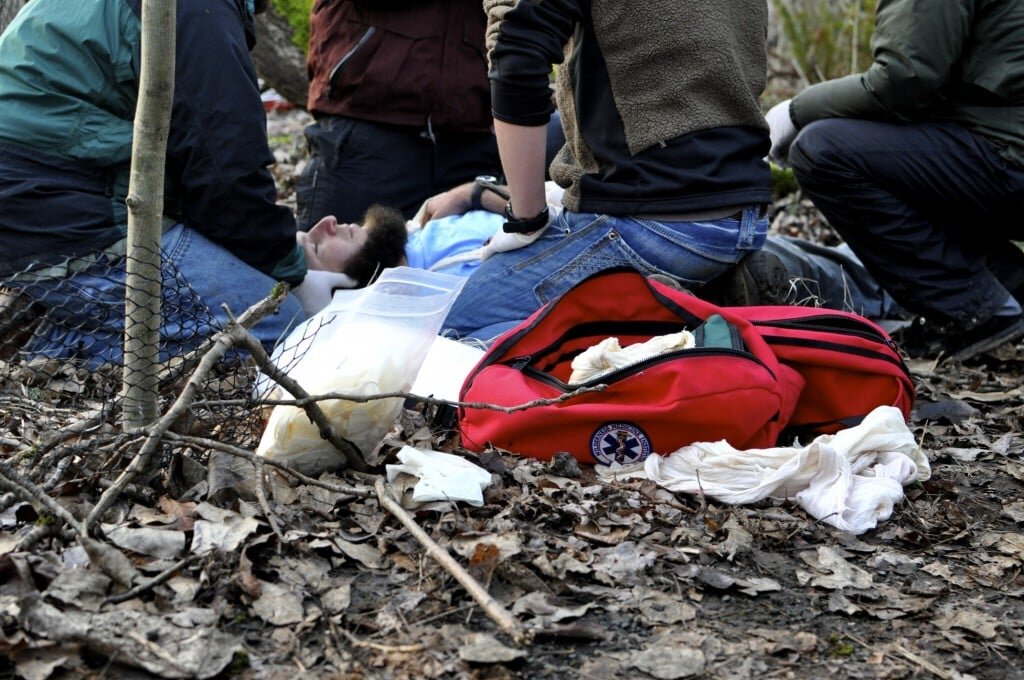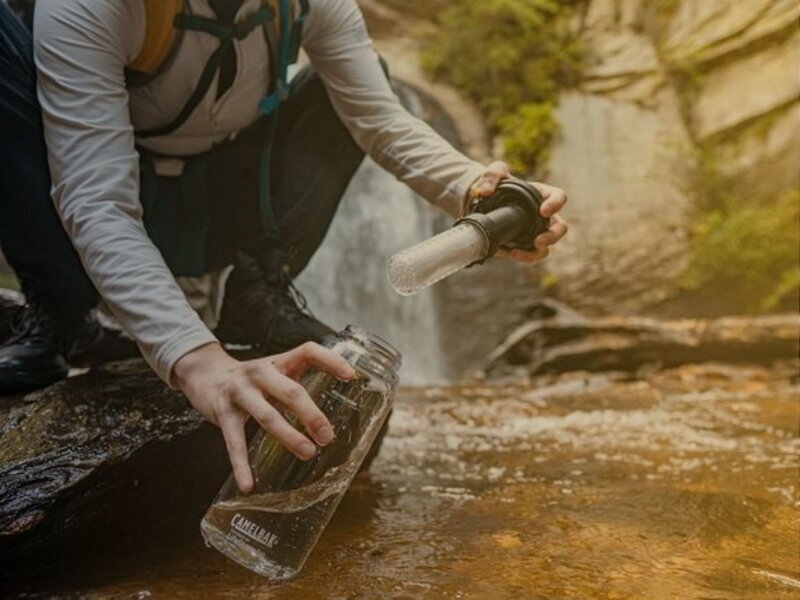
Introduction
Disasters can strike without warning, turning everyday life into a survival scenario. But here’s the good news: with a little planning and preparation, you can equip yourself and your family to face any emergency that comes your way.
Disaster preparedness isn’t just for those living in high-risk areas; it’s essential for everyone. Whether it’s a heavy snowstorm that leaves you stranded at home or a sudden flood that threatens your neighborhood, knowing how to respond can make all the difference.
In this article, we’ll explore how to prepare for various types of disasters, ensuring you have the knowledge and tools to stay safe when it matters most.
1. Understanding Common Disasters

To begin your journey into disaster preparedness, it’s essential to understand the most common threats you might face. Different regions experience different hazards, and knowing what’s out there can help you prepare effectively.
- Snow Storms: Heavy snow can blanket roads and disrupt power, leaving families stranded at home. It’s like nature’s way of hitting the pause button, but when the electricity goes out, that pause can feel a lot longer. Being prepared for extreme winter weather is essential, especially in colder regions.
- Hurricanes: These powerful storms bring strong winds and heavy rain, leading to flooding and power outages. Think of hurricanes as nature’s way of reminding us to respect its force—when they approach, it’s time to take shelter and secure your belongings.
- Earthquakes: Often striking without warning, earthquakes can cause serious damage to buildings and infrastructure. Picture the ground shaking like a giant’s hand—sudden and unpredictable. Having a plan in place can help you stay safe when the earth begins to move.
- Floods: Whether from heavy rain or rapid snowmelt, floods can rise quickly, turning roads into rivers. It’s like watching a slow-motion wave crash over everything in its path. Being aware of flood zones and having a plan to evacuate can save lives.
- Wildfires: These fierce, fast-moving blazes can turn a peaceful landscape into chaos in mere minutes. Imagine the crackle of burning trees and the rush of flames, forcing families to evacuate their homes. Knowing how to create defensible space around your property can make a significant difference.
- Tornadoes: With their twisting winds and funnel shapes, tornadoes are among the most violent weather phenomena. They can touch down in a matter of seconds, leaving destruction in their wake. Understanding safe shelter options is crucial for survival during these storms.
Interesting Fact #1: Did you know that the strongest hurricane ever recorded, Hurricane Patricia, had sustained winds of 215 mph? It made landfall in Mexico in 2015 and is a powerful reminder of the destructive capabilities of nature.
By familiarizing yourself with these common disasters, you can start thinking about how they might affect you and what steps you can take to prepare. Remember, knowledge is power—especially when it comes to keeping your loved ones safe.
2. Preparing an Emergency Kit

Having a well-stocked emergency kit is one of the most important steps you can take to prepare for any disaster. Imagine your kit as your survival toolbox, ready to support you in times of need. Here’s what to include:
- Water: Aim for at least one gallon per person per day for at least three days. Water is your lifeline, so don’t skimp!
- Food: Pack non-perishable items like canned goods, granola bars, and dried fruits. Remember, think of it as survival snacks that don’t spoil!
- Flashlights and Batteries: Power outages are common during disasters. Having a flashlight handy is like carrying a small sun in your pocket!
- First Aid Kit: Accidents can happen, especially during stressful situations. A well-stocked first aid kit can be your best friend when injuries occur.
- Multi-tool: This handy gadget can serve multiple purposes, from opening cans to making repairs. Think of it as your trusty Swiss Army knife, ready for any task.
- Whistle: If you need to signal for help, a whistle is much easier to use than shouting. It’s a simple tool that can make a big difference.
- Personal Hygiene Items: Don’t forget things like wipes, hand sanitizer, and toothbrushes. Staying clean can help keep you healthy during an emergency.
- Blankets: Keeping warm is essential, especially in colder climates. A compact emergency blanket can be a lifesaver.
- Local Maps: If technology fails, having a physical map can help you navigate your surroundings.
- Important Documents: Keep copies of personal documents, such as identification and insurance policies, in a waterproof bag.
To learn more, see my related blog post: “Ultimate Bug Out Bag Guide”
Don’t Wait!
The ReadyWise Emergency Survival Backpack includes everything you need to stay prepared!
3. Creating an Evacuation Plan
When disaster strikes, knowing where to go and what to do can mean the difference between chaos and calm. An evacuation plan is your roadmap to safety.
- Identify Safe Locations: Choose places to meet up with family or friends outside of your home. These can be local shelters, schools, or even parks.
- Know Your Routes: Familiarize yourself with multiple routes to these locations. Think of it like planning a road trip; you want to avoid traffic jams or roadblocks!
- Practice Drills: Regularly go over your evacuation plan with your family. Practicing is like a rehearsal for a play; it makes everyone more comfortable when the curtain rises.
- Stay Informed: Keep up to date with local news and alerts regarding potential disasters. Knowing what’s happening in your area is crucial for making informed decisions.
Interesting Fact #2: According to the Federal Emergency Management Agency (FEMA), nearly 60% of Americans do not have an emergency plan. By taking the time to create and practice your plan, you’re setting yourself apart and preparing to take action when it matters most.
4. Understanding Emergency Alerts
In today’s digital age, staying informed is easier than ever. Understanding how to receive emergency alerts can keep you and your family safe.
- Weather Apps: Download a reliable weather app on your smartphone. These apps can send alerts about severe weather in real time. It’s like having a weather radar in your pocket!
- NOAA Weather Radio: Investing in a NOAA weather radio ensures you receive continuous broadcasts of weather alerts. It’s a reliable source when the power goes out.
- Social Media: Follow local emergency management agencies on social media. They often share timely updates and safety tips.
- Community Alerts: Sign up for community alert systems that notify residents about emergencies. This can be your lifeline to vital information.
Interesting Fact #3: Did you know that approximately 80% of all U.S. disasters are weather-related? This statistic underscores the importance of staying informed and being proactive.
5. Preparing for Specific Disasters

Each type of disaster requires a tailored response. Here’s how to prepare for some of the most common situations:
- Hurricanes:
- Know Your Zone: Understand if you’re in a hurricane evacuation zone and have a plan in place to evacuate if needed.
- Secure Your Home: Install storm shutters and secure loose objects in your yard.
- Earthquakes:
- Drop, Cover, and Hold On: Practice this method to protect yourself during an earthquake. It’s like hugging the ground when the world shakes.
- Secure Heavy Items: Anchor heavy furniture and appliances to walls to prevent them from falling.
- Floods:
- Know Your Risk: If you live in a flood-prone area, make sure you have flood insurance.
- Elevate Utilities: If possible, elevate your furnace, water heater, and electrical panel above potential flood levels.
- Wildfires:
- Create a Defensible Space: Clear vegetation and debris away from your home. This space acts as a buffer against wildfires.
- Have a Go-Bag Ready: Prepare a bag with essentials so you can leave quickly if a fire threatens your area.
- Snow Storms:
- Stock Up on Essentials: Before a snowstorm hits, make sure you have enough food and water to last several days.
- Keep Warm: Have extra blankets and warm clothing on hand in case of power outages.
Interesting Fact #4: The National Oceanic and Atmospheric Administration (NOAA) estimates that the average American experiences about 5 tornado warnings each year. Being prepared for severe weather means being ready to respond to multiple threats, not just one!
Conclusion
Preparedness is like having a safety net; it gives you peace of mind knowing you’re ready to face whatever life throws your way. By understanding common disasters, assembling an emergency kit, creating an evacuation plan, and staying informed through alerts, you’re taking significant steps toward ensuring your safety and that of your loved ones.
Remember, it’s not just about surviving a disaster but thriving in the aftermath. By being proactive and prepared, you empower yourself and your family to face any challenge head-on. So, take a moment today to review your plans and stock your emergency kit. After all, when it comes to disaster preparedness, a little foresight can go a long way!
Subscribe to my newsletter to get notified of new posts!
As an Amazon Associate, I earn commission from qualifying purchases.
References
1. “Flood Preparedness.” https://www.fema.gov/emergency-managers/risk-management/floods
2. “Emergency Preparedness and Response.” https://www.cdc.gov/phpr/whatwedo/preparedness.htm
3. “Tornadoes: Facts and Preparedness.” https://www.weather.gov/epz/wx_tornado





jdj581